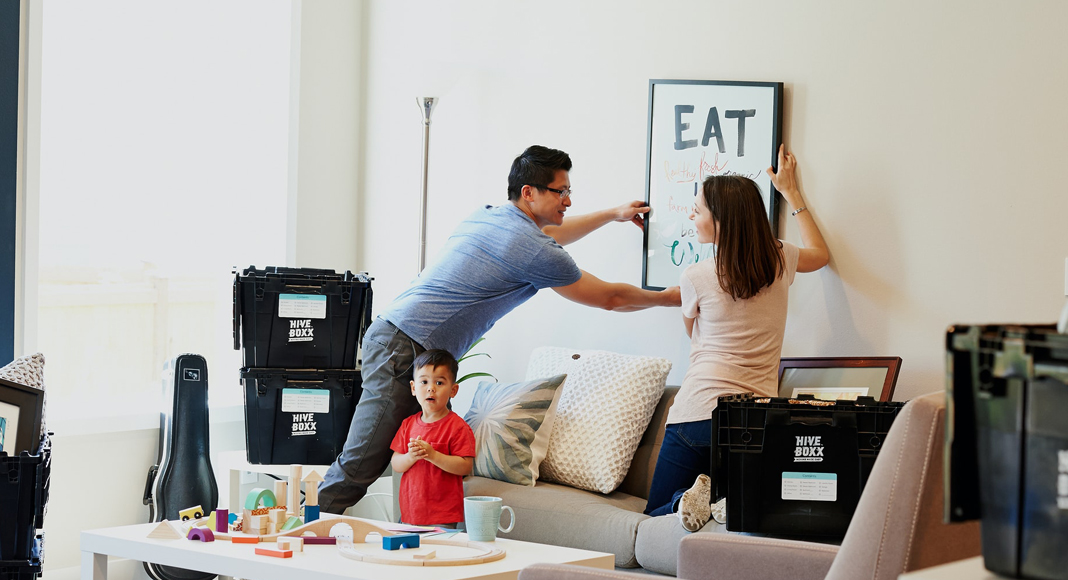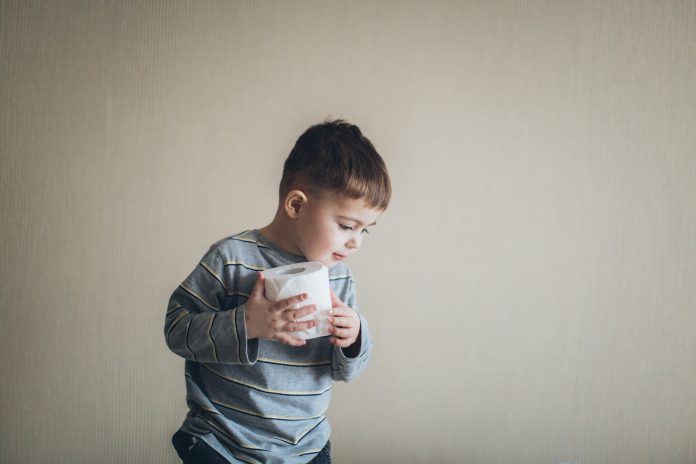As a parent, you quickly become very concerned about another human being’s pooping schedule. From the moment you give birth, you are told to begin tracking your baby’s bowel movements. Unfortunately, that tracking doesn’t stop – not until you are absolutely convinced your child has potty training down to a science.
Another universal truth is that at one point or another, your child will become constipated. What you might not realize, however, is that constipation can cause bladder problems. When your child experiences difficulty having a bowel movement, or not having them often enough, constipation can lead to frequent trips to the bathroom, accidents or leaking, urgency in needing to go, and bed-wetting due to pressure from a full rectum on the bladder.
Bailey Porter, MSOT, OTR/L, an occupational therapist at EIRCM’s Pediatric Therapies Center has some great information regarding pediatric constipation, and how to tell it apart from your average “accident”.
13 Signs Your Child is Constipated
Early intervention is so important! Being proactive in understanding constipation can help you in navigating these issues to avoid larger problems down the road. Chronic constipation can lead to the rectum being stretched, leading to more accidents and more recovery time. Watch out for these key indicators that your child is constipated.
- Extra-large poops from your child.
- Firm poops that resemble logs or pellets. Your child’s poop should look like thin snakes or soft-serve ice cream.
- Pooping accidents or leaking poop.
- Loose poop.
- Skid marks or itchy bum.
- Infrequent pooping – children should have 3-7 bowel movements per week.
- Pooping more than twice a day – a stretched rectum lacks muscle tone to get the job done properly.
- Bedwetting (after age six) and accidents throughout the day within a few months of potty training.
- Recurring urinary tract infections.
- Frequent or urgent peeing – your child is constantly rushing to get to the bathroom in time. A child should be going to the bathroom every few hours. Urgency in getting to the bathroom should not be experienced at all.
- Belly pain or stiffness.
- Trouble potty training, or hiding their accidents.
- New accidents starting after having previously been fully potty trained, or potty training regression.
If your child has a change in bowel habits or has any of the signs above, it is a good time to contact your child’s physician. Doing so early can help save you the frustration of accidents, and can relieve your child of uncomfortable pain, embarrassing accidents, and further problems down the road.
EIRMC’s occupational therapist will work directly with issues of constipation and are specially trained to help with pelvic floor dysfunction, incontinence, and constipation. Ask your child’s physician for a referral to their therapy services if your child experiences constipation frequently. Many doctors might tell you that children will grow out of it, or that accidents are normal, but some children will not outgrow this issue without help from a specialist.
Helping Constipation at Home
To ease constipation, there are some at-home steps to take before rushing to the doctor. If these remedies do not help to alleviate the issue, talk to your physician about a bowel clean-out regimen. You may also need to see a specialist to determine if there are additional medical concerns; for example, your child may need to see a pediatric pelvic floor therapist to help with behavioral or muscle issues that can hinder progress.
To help your child, try these lifestyle and dietary changes:
- Children should drink 6-8 cups of water a day. Popsicles and Jell-O are great ways to get fluids down.
- Your child’s diet should contain plenty of fruits, vegetables, legumes, and whole grains. Make sure they are eating fiber-rich foods to help bowel health, even when they are not constipated.
- The formula for fiber is the age of the child + 5 grams (up until 10 years of age when the recommendation becomes that for an adult, 25-35 g of fiber per day). For example, a 6-year-old would need 6+5=11 grams of fiber each day. Add fiber into their diet slowly to avoid bloating and gas.
- Avoid foods that constipate such as applesauce, bananas, peanut butter, cheese, dairy, highly processed foods, high fat, and high sugar foods.
- Be active each day.
- Use the restroom in a supported position. Feet should be flat on the floor or on a stool, and the child should be able to relax with their knees slightly higher than their hips.
- With a pediatrician’s advice, you can use stool softeners or medication to help ease constipation.
If these methods do not help, it is time to see a doctor. At that appointment, request an evaluation for constipation, with the most accurate test being an abdominal x-ray (KUB) or rectal diameter measurement. Then work with your child’s doctor to determine the best course of action for your child, which may include seeing EIRMC’s specialists.
If you choose to move forward with occupational therapy, you will need a referral from your child’s primary care provider. Once a referral is received, the occupational therapist will call you within the week to schedule your initial appointment and evaluation. If you have questions, please reach out to (208) 529-7982.
For more information on potty training, we recommend reading this article on potty training tips and advice, also from Bailey Porter, MSOT, OTR/L.













